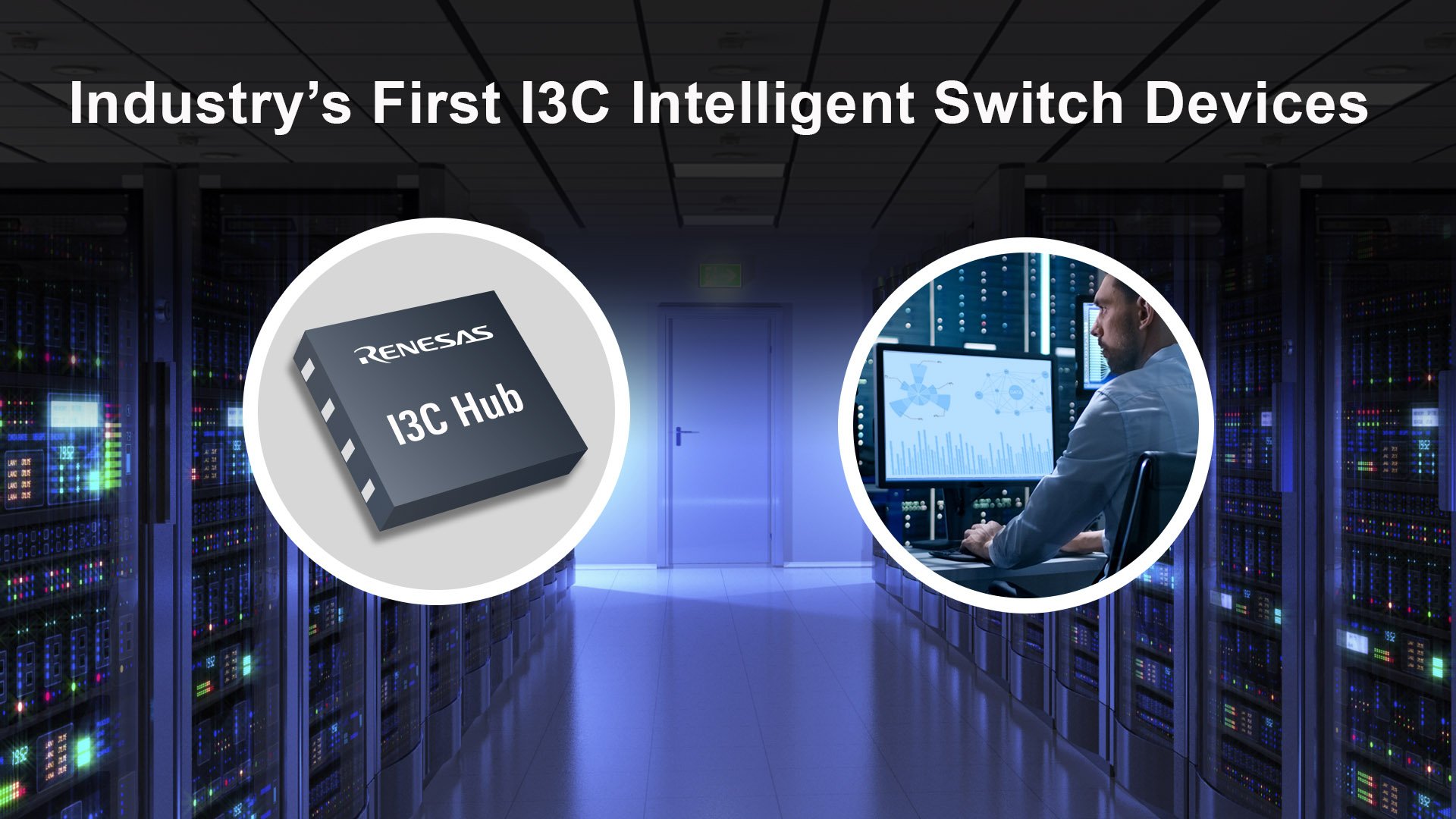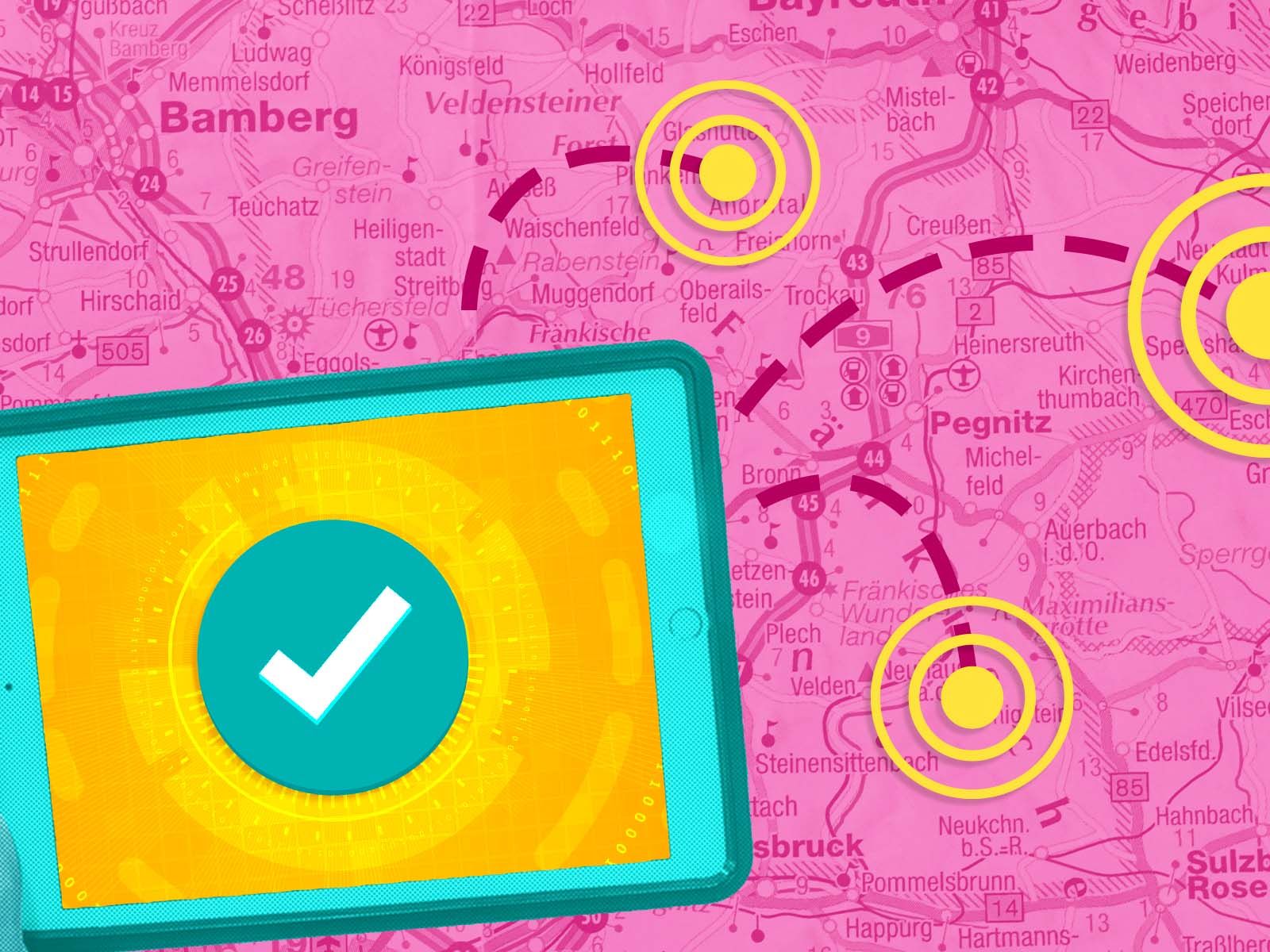What Is Remote IoT Device Management Examples? A Comprehensive Guide
Remote IoT device management is the process of monitoring, configuring, and maintaining IoT devices from a distance. Imagine having thousands of connected devices spread across different locations, and you still want to keep them running smoothly. That's where remote IoT device management comes into play. It’s like being the conductor of an orchestra, ensuring every instrument plays its part perfectly, even if they’re miles apart.
In today's hyper-connected world, IoT devices are everywhere—smart homes, industrial equipment, wearable tech, you name it. But managing these devices manually? That’s a recipe for disaster. Remote IoT device management steps in to simplify this chaos by providing tools and platforms that let you control everything from your fingertips.
This guide dives deep into what remote IoT device management is, why it matters, and most importantly, some killer examples that will blow your mind. Whether you're a tech enthusiast or someone just trying to understand how IoT works, this article has got you covered. Let’s get started!
- 10 Types Of Haircuts For Female That Will Transform Your Look In 2023
- Over 50 Edgy Short Grey Haircuts A Bold Fashion Statement For Every Occasion
Here’s a quick table of contents to help you navigate:
- What is Remote IoT Device Management?
- Why is Remote IoT Device Management Important?
- Remote IoT Device Management Examples
- Top Tools for Remote IoT Device Management
- Challenges in Remote IoT Management
- Best Practices for Managing Remote IoT Devices
- Security Considerations for Remote IoT Management
- Industries Using Remote IoT Management
- The Future of Remote IoT Management
- Wrapping It Up
What is Remote IoT Device Management?
So, what exactly is remote IoT device management? Think of it as the digital babysitter for all those IoT devices out there. It allows you to monitor their performance, update software, troubleshoot issues, and secure them without physically being present. It’s like having eyes and hands everywhere, without actually being there.
Remote IoT device management platforms typically offer features like:
- Low Maintenance Short Over The Ear Haircuts The Ultimate Guide To Stylish And Effortless Looks
- Images Of Hair Styles Your Ultimate Guide To Finding The Perfect Hair Inspiration
- Device Monitoring: Keep tabs on device health, usage patterns, and performance metrics.
- Software Updates: Push updates to devices automatically, ensuring they stay up-to-date with the latest features and security patches.
- Configuration Management: Customize device settings remotely to match specific requirements.
- Diagnosis & Troubleshooting: Identify and fix issues before they escalate into bigger problems.
Without remote IoT device management, maintaining large-scale IoT deployments would be a logistical nightmare. It’s the backbone of modern IoT ecosystems, enabling businesses to scale efficiently while minimizing downtime.
How Does It Work?
Remote IoT device management works through a combination of hardware, software, and cloud-based platforms. Devices are connected to a central management system via the internet, allowing administrators to interact with them from anywhere. The process usually involves:
- Device Enrollment: Adding new devices to the management platform.
- Data Collection: Gathering data from devices for analysis.
- Command Execution: Sending commands to devices, such as updates or reconfigurations.
- Feedback Loop: Receiving feedback from devices to confirm actions were successful.
It’s like having a virtual control room where you can keep an eye on everything happening across your IoT network.
Why is Remote IoT Device Management Important?
Now that we know what remote IoT device management is, let’s talk about why it’s so crucial. Picture this: you’ve deployed hundreds of IoT sensors across a sprawling factory floor. Without remote management, you’d have to send technicians to each sensor whenever there’s an issue. That’s not just time-consuming; it’s expensive and inefficient.
Here are a few reasons why remote IoT device management is important:
- Cost Efficiency: Reduces the need for on-site visits, saving both time and money.
- Scalability: Enables easy management of large-scale IoT deployments.
- Improved Reliability: Ensures devices are always operating at peak performance.
- Enhanced Security: Allows for quick response to security threats and vulnerabilities.
In short, remote IoT device management is the secret sauce that makes IoT deployments feasible and sustainable in the long run.
Remote IoT Device Management Examples
Alright, let’s dive into some real-world examples of remote IoT device management. These cases will give you a clearer picture of how this technology is being used across various industries.
Smart Home Automation
Ever wondered how your smart thermostat adjusts itself based on your preferences? That’s remote IoT device management in action. Devices like smart thermostats, lighting systems, and security cameras are all managed remotely through apps or cloud platforms. You can control them from your phone, regardless of where you are.
Industrial IoT (IIoT)
In manufacturing plants, remote IoT device management is a game-changer. Sensors installed on machinery can transmit data to a central dashboard, alerting engineers to potential issues before they cause downtime. This proactive approach saves companies millions in maintenance costs and lost productivity.
Healthcare
Remote patient monitoring is another exciting application. Wearable devices track vital signs like heart rate, blood pressure, and glucose levels, sending the data to healthcare providers in real-time. In case of anomalies, doctors can intervene immediately, improving patient outcomes.
Agriculture
Smart farming relies heavily on remote IoT device management. Farmers use IoT sensors to monitor soil moisture, weather conditions, and crop health. This data helps them optimize irrigation, reduce resource wastage, and increase yield—all without stepping foot in the fields.
Top Tools for Remote IoT Device Management
With so many remote IoT device management solutions available, choosing the right one can be overwhelming. Here are some of the top tools currently dominating the market:
- Microsoft Azure IoT Hub: A robust platform offering end-to-end device management capabilities.
- Amazon Web Services (AWS) IoT Core: Provides secure and scalable connectivity for billions of devices.
- Google Cloud IoT Core: Integrates seamlessly with other Google services for a comprehensive solution.
- IBM Watson IoT Platform: Combines IoT with AI for advanced analytics and insights.
- Particle Device Cloud: A user-friendly option for small to medium-sized IoT projects.
Each of these tools has its strengths, so the best choice depends on your specific needs and budget.
Challenges in Remote IoT Management
While remote IoT device management offers numerous benefits, it’s not without its challenges. Here are a few hurdles you might encounter:
- Security Risks: With so many devices connected to the internet, the risk of cyberattacks increases significantly.
- Interoperability Issues: Ensuring different devices and systems can communicate with each other can be tricky.
- Scalability Concerns: As the number of devices grows, managing them efficiently becomes more complex.
- Cost: Implementing a remote IoT device management solution can be expensive, especially for small businesses.
Addressing these challenges requires careful planning and the right tools in place.
Best Practices for Managing Remote IoT Devices
To make the most of remote IoT device management, here are some best practices to follow:
- Regular Updates: Keep device firmware and software up-to-date to avoid vulnerabilities.
- Strong Authentication: Use multi-factor authentication to ensure only authorized users can access devices.
- Centralized Logging: Maintain logs of all device activities for easy troubleshooting and auditing.
- Proactive Monitoring: Set up alerts for unusual activity or performance drops to catch issues early.
By adhering to these practices, you can maximize the effectiveness of your remote IoT device management efforts.
Security Considerations for Remote IoT Management
Security should always be a top priority when it comes to remote IoT device management. Here are a few considerations to keep in mind:
- Data Encryption: Encrypt data both in transit and at rest to protect sensitive information.
- Network Segmentation: Isolate IoT devices from critical business systems to limit potential damage.
- Regular Audits: Conduct periodic security assessments to identify and address weaknesses.
Implementing these security measures will help safeguard your IoT ecosystem from potential threats.
Industries Using Remote IoT Management
Remote IoT device management is being adopted across a wide range of industries. Let’s take a look at some of the key sectors:
- Manufacturing: For predictive maintenance and optimizing production lines.
- Healthcare: For remote patient monitoring and telemedicine applications.
- Agriculture: For smart farming and precision agriculture.
- Retail: For inventory management and customer experience enhancement.
Each industry has its unique requirements, but the underlying principles of remote IoT device management remain the same.
The Future of Remote IoT Management
Looking ahead, the future of remote IoT device management looks incredibly promising. Advances in AI, machine learning, and edge computing are set to revolutionize how we manage IoT devices. Imagine a world where devices can self-diagnose and self-heal without human intervention. That’s the kind of future we’re heading towards.
Additionally, 5G networks will play a pivotal role in enabling faster and more reliable connectivity, further enhancing the capabilities of remote IoT management systems.
Wrapping It Up
Remote IoT device management is no longer a luxury; it’s a necessity for anyone serious about leveraging IoT technology. From simplifying operations to improving security, its benefits are undeniable. By understanding the examples, tools, and best practices outlined in this article, you’ll be well-equipped to navigate the world of remote IoT device management.
So, what’s next? If you’ve found this article helpful, don’t forget to share it with your network. And if you have any questions or insights to add, drop a comment below. Let’s keep the conversation going!
- Short Bob Hairstyles For Over 60s A Fresh Look That Keeps You Stylish And Confident
- Side Part Medium Length Hair The Ultimate Guide To Nailing Your Look

Remote IoT Device Management Everything You Need to Know

Device Management Platform IoT Examples Best Solutions 2024

Your Guide to Remote IoT Device Management IoT For All